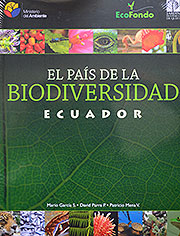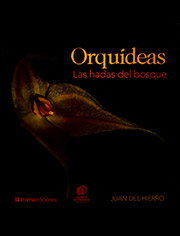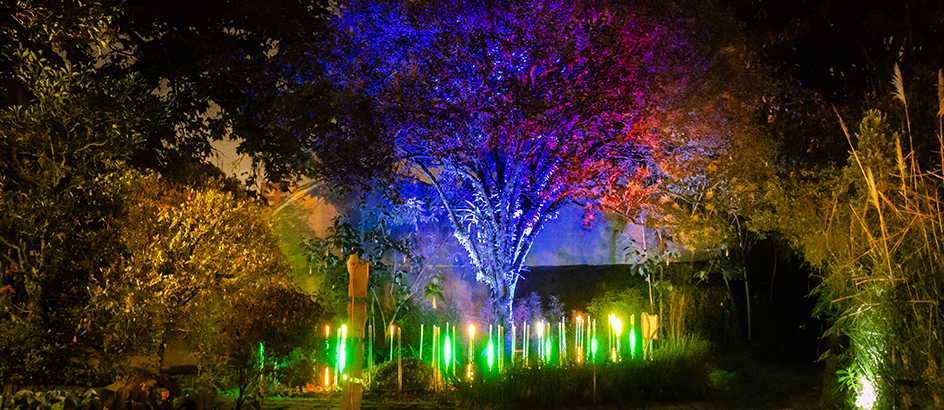About Us
Currently, botanical gardens are spaces that maintain specimens and collections of various living plants, with the purpose of conducting research to conserve endangered species, serving as living centers of education, and making the essence of the floral wealth of a region or country accessible to people. They are also places of recreation and enjoyment.
The Quito Botanical Garden has been built over the years, guided by the vision of our beloved Gi Neusttater and all those of us who have worked tirelessly throughout these years.
Mission
Carry out direct and indirect actions aimed at the knowledge, protection and conservation of the Ecuadorian plant resource especially the Andean flora.
Vision
The Botanical Garden of Quito manages its efforts with dynamism to become a leading, efficient and recognized organization in managing the plant heritage of the Ecuadorian Andes.
By 2020 it will have become a center for research, conservation and exhibition of native regional flora, particularly of endangered species, as well as an educational center on these topics. Both researchers, technicians and students will have at the JBQ a place of study and research which will help to enrich and understand the cultural and natural heritage, thus contributing to its recovery.
History of the Quito Botanical Garden
-CLICK ON EACH YEAR TO LEARN MORE
Recognitions And Awards
The great performance of the Quito Botanical Garden has been recognized by several awards and mentions both from the local and the international community. Get to know them.

Mención Marieta de Veintimilla

Revista Gardenista






































